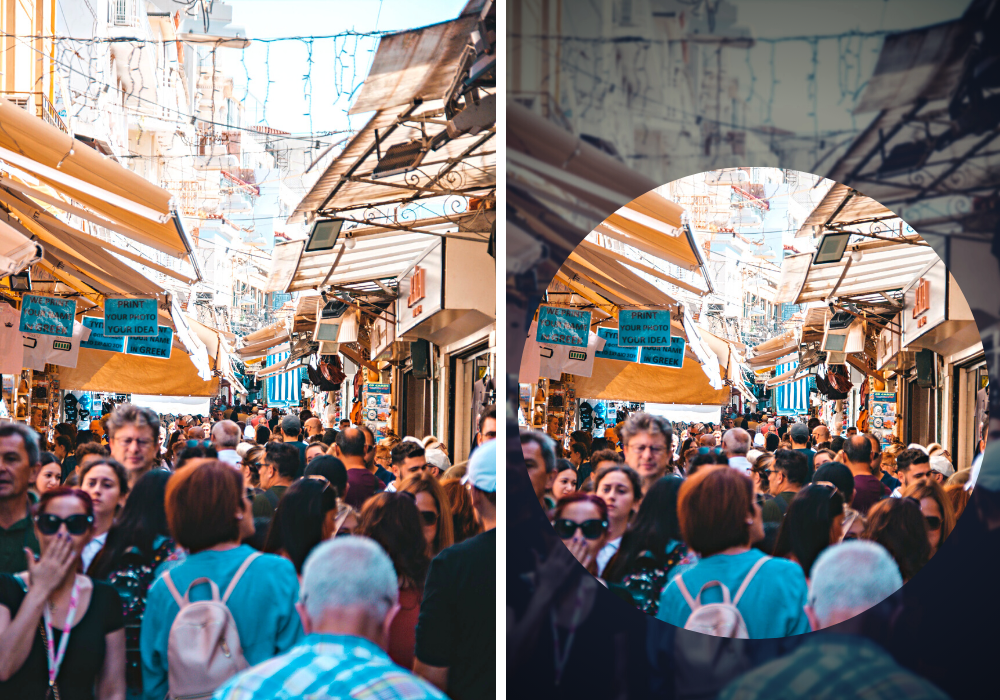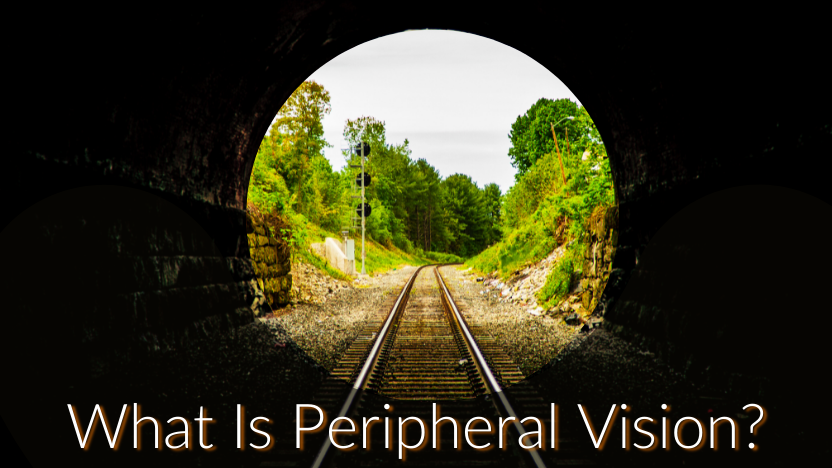What Is Peripheral Vision?
Posted by EyePromise on Nov 11th 2021
When it comes to vision, there are a few terms that we’re all somewhat familiar with. One of these visual function terms that is more well-known is peripheral vision. Unlike many of the other terms we’ve covered, peripheral vision is commonly referenced outside of the optometrist’s practice. While more people understand this term, its importance shouldn’t be undersold.
What Is Peripheral Vision?
Peripheral vision is technically defined as “the ability to see objects and movement outside of the direct line of vision.” It’s your “side vision,” your ability to see objects on either side of you without needing to put the objects in the central line of focus. Peripheral vision is controlled by the visual cells (photoreceptors) known as rods, which are concentrated in the center of the retina, which is called the macula.
Why Does Peripheral Vision Matter?

Peripheral vision is very important for day-to-day activities. Without it, we’re essentially functioning with blinders on. There’s a whole world to the left or right of you, but you can’t see it. We can all try to imagine what that would be like, but this visual function impacts life in so many ways.
Crossing a busy street becomes an even more stressful event if you can’t keep an eye on traffic while watching where you’re going. You must constantly adjust your vision to focus on where you’re going, traffic to the left, or traffic to the right, and that’s just to get across the street! Then there’s maneuvering in the crowded street, watching your child or pet, making sure you don’t miss your destination, and whatever else you need to be aware of.
More than safety, it’s second nature to use our peripheral vision. We need it to help us multitask and manage our days. Sometimes, it may seem beneficial to have blinders on to help us focus. But in the long term, peripheral vision is imperative to our ability to live life.
What Can You Do About It?

When your peripheral vision isn’t functioning properly, focusing becomes “easy,” but living life fully and safely becomes difficult. However, lifestyle changes like nutritional intake can help improve your peripheral vision. Clinical evidence indicates that increasing your intake of two critical dietary antioxidants, zeaxanthin and lutein, can help protect and enhance your peripheral vision.
Zeaxanthin and lutein help support your macula, the area of the retina that houses the rods responsible for peripheral vision. Together, they form a protective layer called macular pigment, which blocks harmful light from reaching the sensitive cells responsible for vision like the rods. These two important nutrients can be found in foods like brightly colored fruits and vegetables and leafy greens.
EyePromise Eye Vitamins
Although zeaxanthin and lutein can be found in food sources we eat (or should eat) every day, you’d have to eat 20+ ears to get the amount of zeaxanthin needed to adequately protect your eyes. That’s why most eye care professionals recommend supplementation.
EyePromise is the #1 doctor-recommended eye vitamin brand and contains the highest amounts of dietary zeaxanthin available to meet the needs of your eyes. Sustainably sourced, natural ingredients provide your eyes with the best foundation for healthy, lasting vision. Find out which EyePromise vitamin is right for your eyes by taking our quick online quiz!

Having low-performing peripheral vision can make you miss out on many things in life. Make sure yours is up-to-par by scheduling your annual eye exam and taking EyePromise vitamins.

